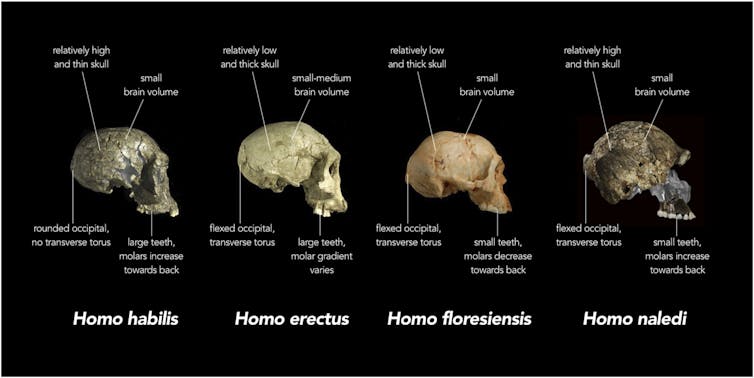The decision to ban over-the-counter sales of codeine has been vindicated by figures showing that the amount of potentially addictive and harmful codeine products dispensed to Australians halved in 2018, AMA President, Dr Tony Bartone, said today.
The Therapeutic Goods Administration (TGA) up-scheduled codeine to prescription-only in February 2018, following evidence that alternative over-the-counter painkillers were just as effective for short-term pain as low-dose codeine products, but without the codeine-related health risks.
The TGA has now released an analysis of pharmaceutical industry sales data, which found that 17.1 million packs of codeine-containing products were sold in 2018, about 50 per cent lower than the yearly average of 34.7 million for the previous four years.
The 2018 figure includes one month of sales (January 2018) before the up-scheduling came into effect, so still includes some data for over-the-counter sales.
Dr Bartone said the decision to ban over-the-counter sales was made to protect Australians from a commonly-misused medicine.
“The evidence shows that low-dose codeine provides little benefit beyond placebo for short-term pain, and it is not a safe treatment for long-term or chronic pain,” Dr Bartone said.
“Studies showed that thousands of Australians were using codeine inappropriately and putting themselves at risk of addiction, organ damage, and other health problems.
“The AMA strongly supported the decision by the TGA, as the independent regulator, to act in the interests of patient safety, and up-schedule codeine products.
“The TGA and the Federal Government held firm in the face of great pressure from the pharmacy lobby groups, particularly the Pharmacy Guild of Australia, which launched a prolonged and very strong multi-State offensive against this change.
“The pharmacy lobby also claimed that up-scheduling would lead to doctor-shopping, and patients switching from low-dose to high-dose codeine medicines.
“However, the TGA analysis shows that the increase in the supply of high-strength 30mg codeine between February and December 2018 was not statistically significant.
“These reforms have always been about reducing the level of codeine in the community, not about switching the source of the supply of codeine.
“The AMA has actively advocated for many years for the introduction of a genuine, national Real Time Prescription Monitoring system that tracks all prescribing and dispensing, is nationally consistent, and is interoperable with prescribing doctor software systems.
“This continues to be a very important area of AMA advocacy,” Dr Bartone said.
The AMA Position Statement on Medicines is available at
Background
- A 2015 Australian study found that deaths where codeine was determined to be an underlying cause more than doubled from 3.5 million to 8.7 million over the decade from 2000 to 2009.
- A 2017 analysis of records from a 600-bed Australian hospital between 2010 and 2015 found a total of 99 admissions related to over-the-counter codeine misuse, resulting in an estimated cost to the local healthcare system of $1 million.
- The TGA analysis shows that, for the first 11 months after up-scheduling, more than 15.3 million packs of codeine products were sold, totalling 8254kg of codeine.
- The analysis estimates that, on past trends, had codeine still been available over-the-counter, the amount of codeine supplied would have been 15,213kg – indicating that up-scheduling had resulted in a decrease of 6959kg of codeine supplied to patients.
- The TGA analysis found that 7274kg of high-strength codeine was supplied between February and December 2018, as compared with the projected 6816kg without up-scheduling.
Sources: NPS Medicinewise; Therapeutic Goods Association








